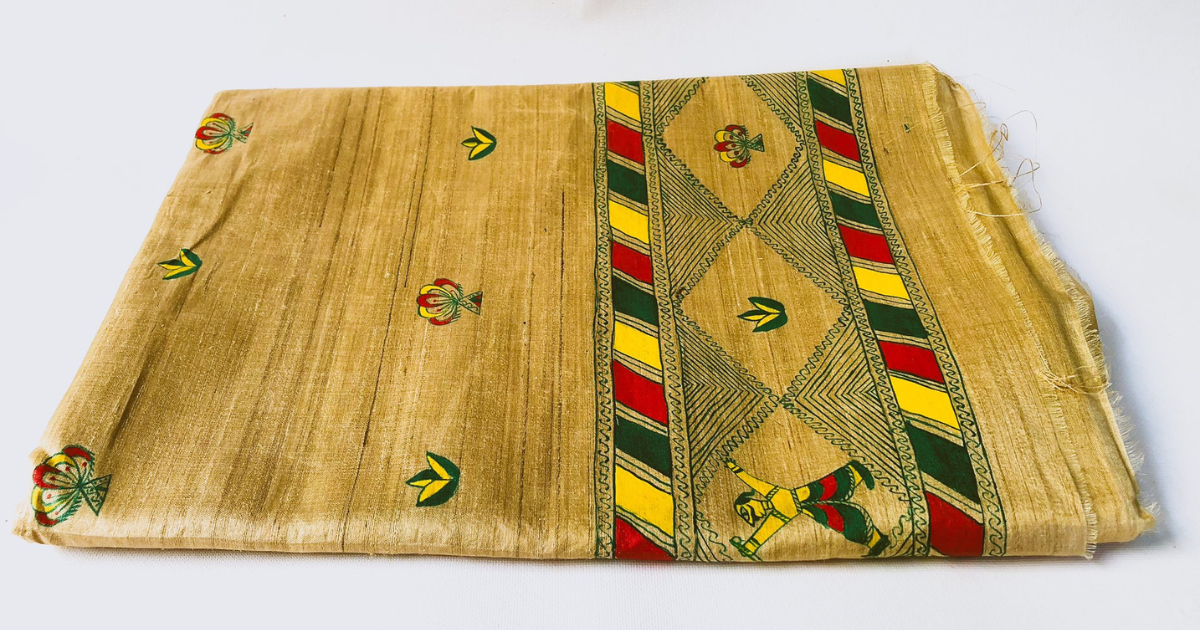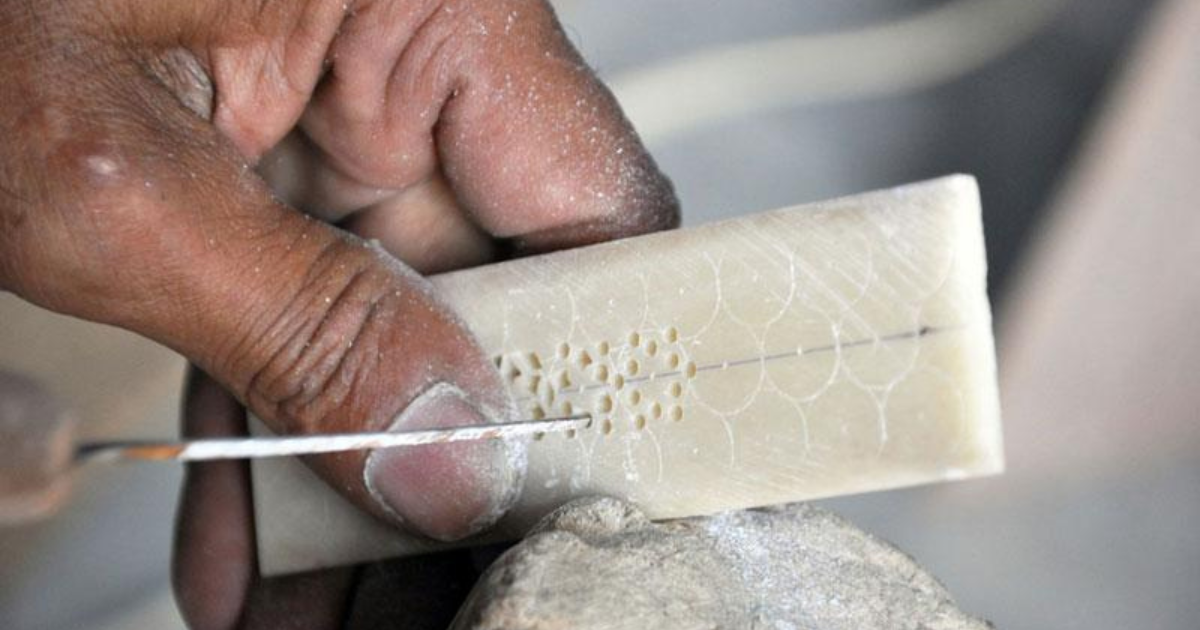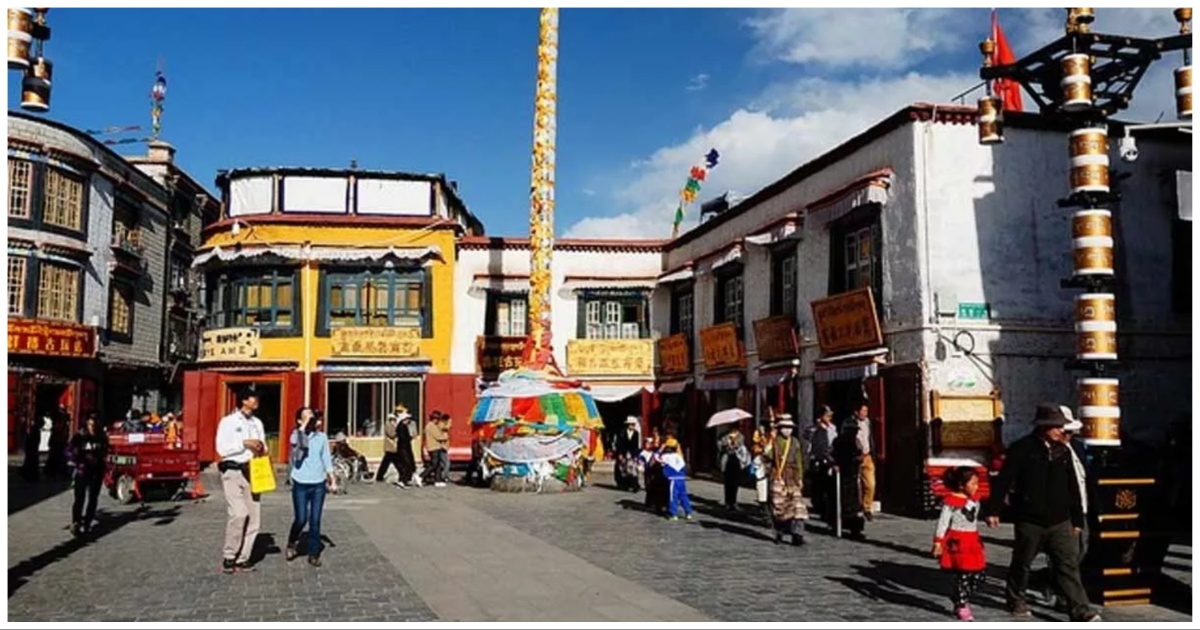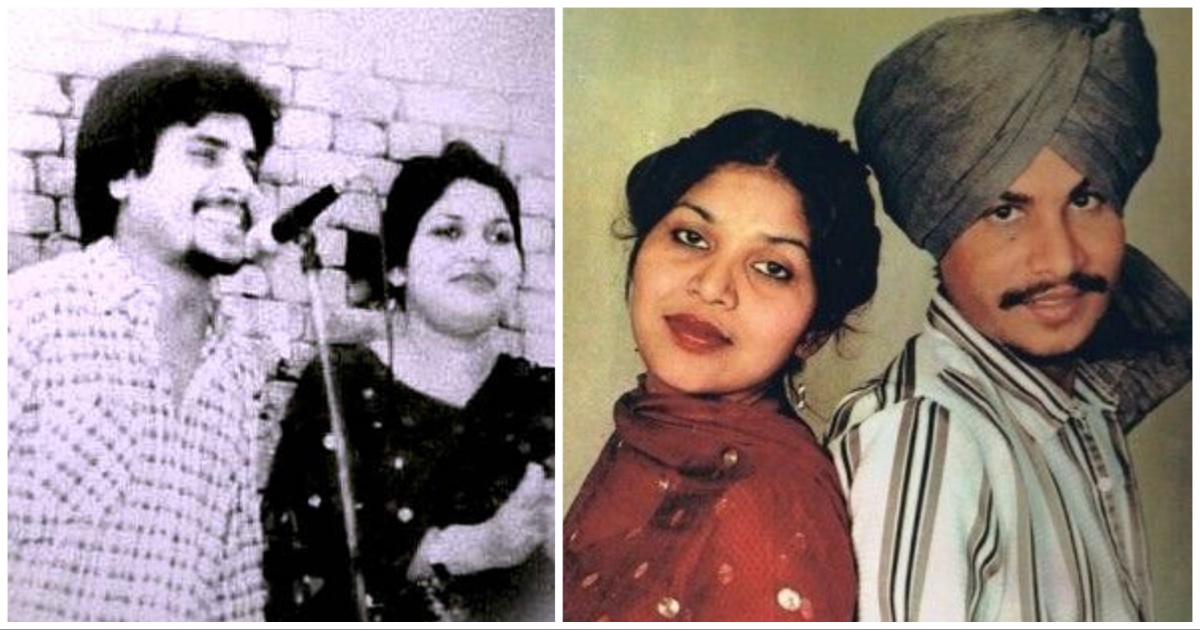Manjusha painting, also known as Angika art, is a traditional folk art form that originated in the state of Bihar, India. It holds a rich cultural significance and is characterised by its vibrant colours, bold lines, and unique narrative style. While Manjusha painting has a captivating history and has been appreciated for generations, it is currently facing challenges that threaten its existence as a flourishing art form.
Origin and history
Manjusha painting has its roots in the ancient Mauryan period of Indian history, around the 3rd century BCE. The name “Manjusha” translates to “box” in Sanskrit, symbolising the tradition of using rectangular or square boxes to depict various stories and mythological tales. Initially, Manjusha paintings were created on canvases made from bamboo strips and colored with natural dyes. Over time, the use of cloth and paper as the base became prevalent.

Features and techniques
One of the striking features of Manjusha painting is its distinctive style, characterised by the use of bold, bright colors such as red, yellow, green, and blue. The subjects of the paintings often revolve around mythological stories, local legends, and folk traditions. These narratives are depicted through a series of interconnected rectangular compartments, forming a linear sequence.
The artists employ basic geometric shapes and simple lines to create figures, animals, and objects. The colors are applied in a flat and unshaded manner, contributing to the art form’s unique visual appeal. The compositions are often symmetrical and balanced, enabling easy comprehension of the story being depicted.
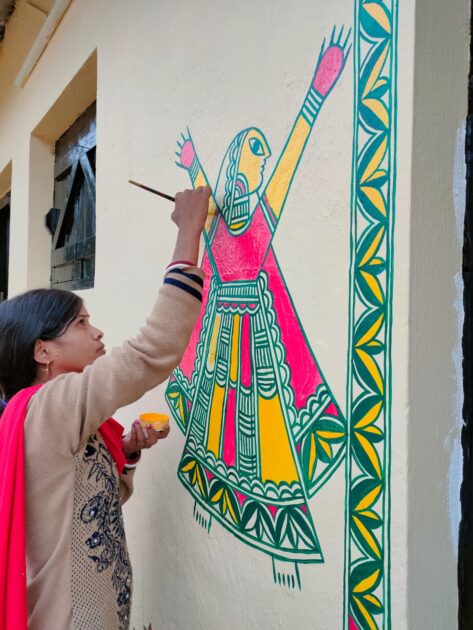
Relevance and cultural significance
Manjusha painting serves as a visual medium for storytelling, reflecting the cultural heritage and traditions of the region. These paintings depict the tales of gods and goddesses, local heroes, and folklore, thereby preserving and transmitting the oral history of Bihar. They are often used during religious festivals, weddings, and other auspicious occasions, serving as a visual accompaniment to celebrations.
Furthermore, Manjusha painting acts as a significant source of livelihood for artists and craftsmen in rural Bihar. It provides an avenue for self-expression and a means of connecting with their roots. The art form has also gained recognition at the national and international levels, with exhibitions and workshops held to promote its rich artistic heritage.
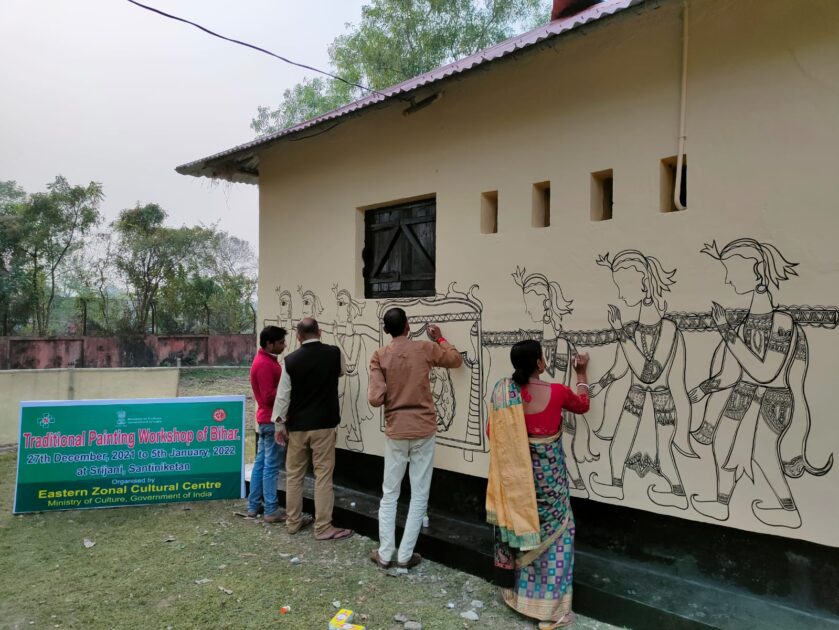
Challenges and the decline of Manjusha painting
Sadly, Manjusha painting is gradually fading away due to various challenges faced by the artists and the changing socio-cultural landscape. Some factors contributing to its decline include:
- Lack of patronage: With the advent of modernization and the popularity of contemporary art forms, traditional art forms like Manjusha painting have received less attention and support from art enthusiasts, collectors, and the government.
- Decreasing number of artists: The younger generation, influenced by urbanization and economic opportunities in other sectors, is showing less interest in learning and practicing Manjusha painting. This lack of apprenticeship and transmission of skills threatens the continuity of the art form.
- Economic constraints: The artists often struggle to make a sustainable income from their craft due to limited market access, low demand, and inadequate financial support. This discourages budding artists from pursuing Manjusha painting as a profession.
- Lack of awareness and documentation: Limited efforts have been made to document and promote the Manjusha painting on a larger scale, which hampers its visibility and recognition.

Manjusha painting stands as a testament to the rich cultural heritage of Bihar and the artistic prowess of its people. It is an art form that not only entertains but also educates and connects generations through visual storytelling.
However, without renewed interest, support, and efforts to preserve and revive this traditional folk art, the fading of Manjusha painting threatens to sever a vital link to Bihar’s cultural legacy. It is crucial for art lovers, organisations, and the government to come together to safeguard and revive this exquisite art form, ensuring that its vibrant hues continue to breathe life into the narratives of Bihar’s folklore for generations to come.

